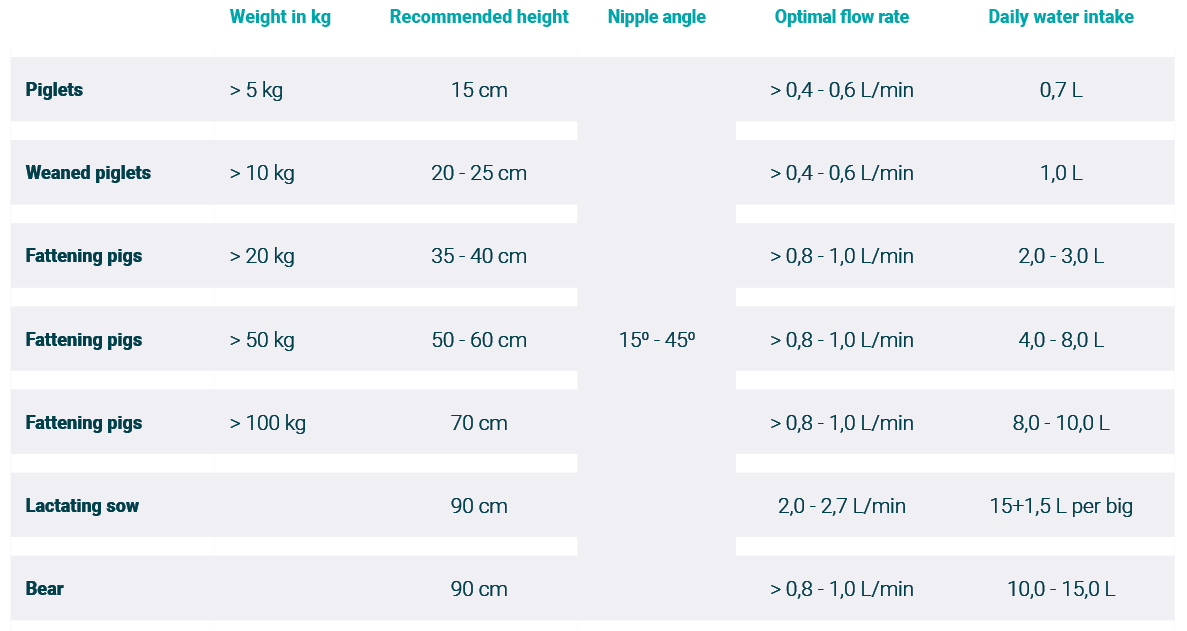During the summer months, it is always a real challenge to minimize heat stress in your pigs. Especially now that heat waves seem to occur more often. Pigs that suffer from heat stress will perform less well. The feed conversion and growth of porkers will decline, and sows' milk production and fertility will decrease as well.
Pigs have difficulty coping with high temperatures and rapid temperature changes. This can cause a lot of stress, especially in combination with a high relative humidity. Pigs do not have functional sweat glands and therefore cannot sweat as we humans do. Instead, they will stretch out on the floor and try to move as little as possible.
Several signs indicate heat stress. First, pay close attention to the pigs' breathing. As soon as they get too hot, they will start to breathe faster or pant to get rid of this excess heat. In addition, the pigs lie further apart and often on the grid instead of on the floor. They will also eat less, drink more, and show more aggressive (biting) behavior.
|
Comfortable
|
|
|
Heat stressed
|
|
|
Overheated
|
To prevent all this as much as possible, we have listed several tips for you:
A rapid air movement around the pigs causes them to dissipate their heat faster. Therefore make sure that:
Besides ventilation, there are several other methods to maintain the pigs' temperature and the house climate:
As soon as the temperature starts to go up, pigs will eat less. If the temperature rises above 26°C, the feed intake will decrease with each increasing degree. How to handle this:
Pigs drink more when it is warm. This can be up to 6 times the amount they usually drink. That is why they must have sufficient clean and fresh drinking water available. So pay attention to the following points:

The more active a pig is, the higher its body temperature becomes. That's why they will move as little as possible. Keep an eye out for the following:
Keep a close eye on the behavior of your pigs. By closely observing your pigs daily, you can accurately determine your heat management and adjust it if necessary. A good house climate is crucial to prevent major problems and losses.



 Qualité de l’eau et hygiène
Qualité de l’eau et hygiène  Systèmes d’abreuvement
Systèmes d’abreuvement  Solutions d'abreuvement pour porcs
Solutions d'abreuvement pour porcs 